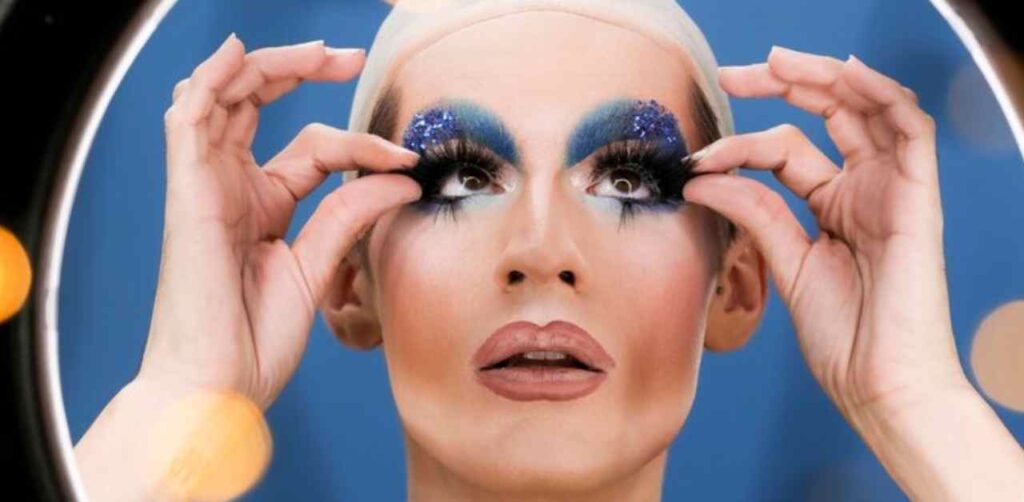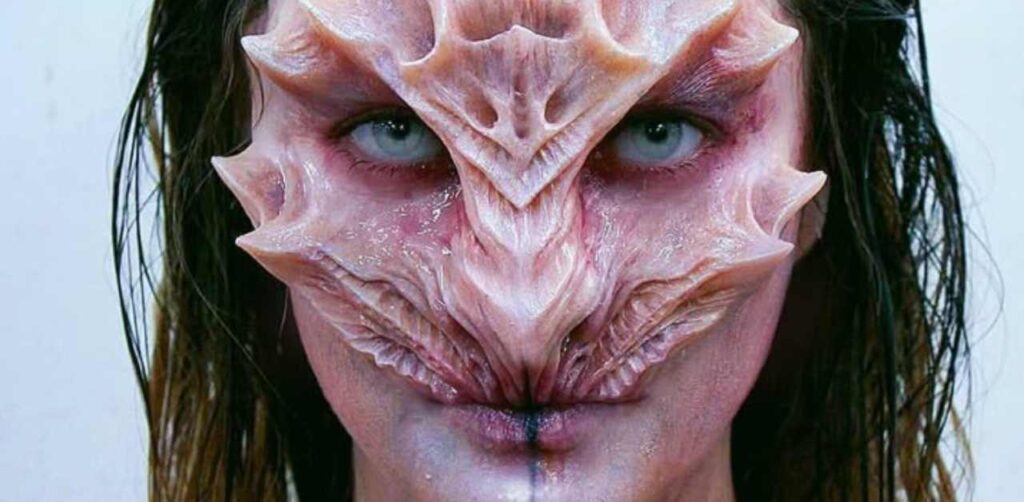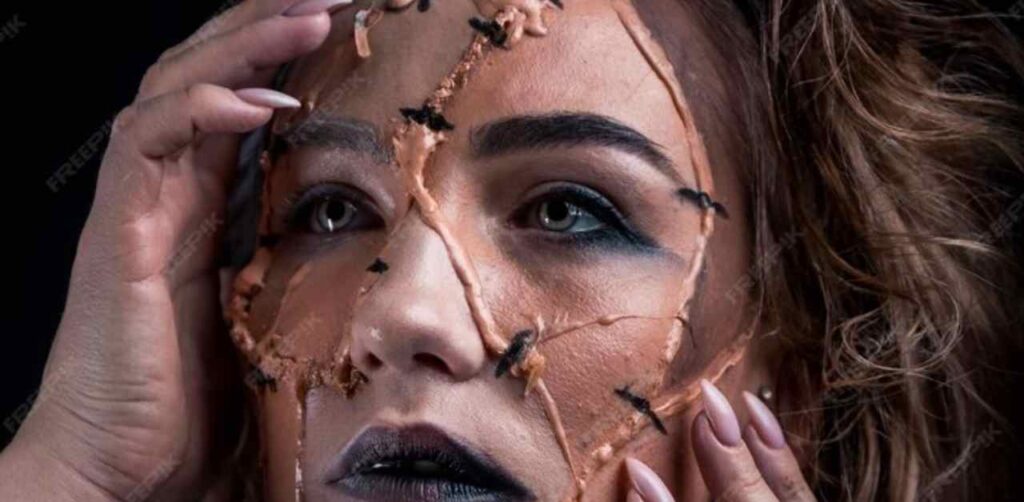How to Make SFX Makeup Prosthetics: A Step-by-Step DIY Guide
Are you fascinated by the way movies and stage plays bring fantastical creatures and lifelike injuries to reality? Prosthetic makeup is the secret behind these jaw-dropping transformations, turning actors into anything from mythical beasts to aging characters or even famous personalities. It’s not just about adding a fake scar or pointy ears — it’s an art form that blends sculpting, molding, and painting to create seamless illusions.
Whether it’s a sci-fi alien on the big screen or a magical being in a theater production, prosthetic makeup plays a crucial role in storytelling, pushing the boundaries of imagination and realism. Let’s dive into the mesmerizing world of prosthetic makeup for stage and screen and uncover the magic behind these stunning transformations.
The Role of Prosthetics in Stage and Screen

Prosthetic makeup plays a huge part in transforming actors into something — or someone — entirely different. It’s not just about adding a fake nose or scars; it’s about creating illusions that bring fantasy creatures, realistic wounds, or historical figures to life. Whether it’s a terrifying monster in a horror movie or an aged version of a beloved character, prosthetics help push the boundaries of visual storytelling.
In stage productions, prosthetics need to be bold and exaggerated so the audience can see the effects from a distance. On screen, they are often more intricate, blending seamlessly with an actor’s skin for close-ups. This art form combines creativity, science, and technical skill to ensure that characters appear as believable — or fantastical — as the story demands.
Ultimately, prosthetic makeup is more than just an accessory; it’s a powerful tool that shapes the magic we see on stage and screen, bringing imagination to life right before our eyes.
Creating Fantasy Creatures with Prosthetics
Prosthetic makeup is a game-changer when it comes to creating fantasy creatures. Whether it’s mystical elves, terrifying monsters, or alien beings, prosthetics help bring these characters to life by adding horns, scales, wings, or otherworldly features.
Artists use sculpted pieces, often made from latex or silicone, to completely transform an actor’s appearance. With the right blending techniques and paintwork, the prosthetics look natural, making the fantasy feel real.
Simulating Injuries for Realistic Effects
Prosthetics are also crucial for simulating realistic injuries in films, TV shows, and stage plays. From deep gashes and burns to broken bones and scars, prosthetic pieces allow makeup artists to create convincing wounds without harming the actor.
These effects often combine latex, gelatin, and blood-like substances to make injuries look fresh or aged, depending on the scene. This level of detail adds a sense of realism and intensity to a story, pulling the audience deeper into the experience.
Transforming Actors into Other People
Prosthetic makeup plays a huge role in transforming actors into completely different people, whether it’s aging them by decades, altering their facial structure, or replicating the likeness of a historical figure.
Silicone and foam latex prosthetics are often sculpted and painted to match skin tones, wrinkles, and other details. This technique allows actors to physically embody their roles, making their performances more believable and impactful.
Materials and Techniques Used in Prosthetic Makeup
Creating prosthetic makeup involves a variety of materials and techniques. Common materials include latex, silicone, and gelatin, each chosen for their flexibility and lifelike textures. The process typically starts with sculpting the design, making a mold, and then casting the prosthetic piece.
Once applied, makeup artists use airbrushing, hand painting, and blending tools to match the prosthetic seamlessly to the actor’s skin. These techniques ensure the prosthetic moves naturally with facial expressions and body movements.
Challenges of Applying Prosthetics for Performances
Applying prosthetics isn’t just about sticking pieces onto an actor’s face — it’s a time-consuming and delicate process. One major challenge is ensuring the prosthetics stay in place during long performances, especially under hot lights or during intense action scenes.
Another is comfort — prosthetics can be heavy, restrictive, and sometimes even painful. Makeup artists must balance durability with flexibility so the actor can still move and emote naturally. It’s a meticulous art that requires patience, precision, and creativity.
Tips for Beginners Interested in Prosthetic Makeup
If you’re just starting out with prosthetic makeup, here are some helpful tips:
- Start small — Begin with simple scars or wounds before tackling full facial prosthetics.
- Invest in quality materials — Get basic supplies like liquid latex, sculpting clay, and adhesive.
- Learn the process — Practice sculpting, molding, and casting step by step.
- Master blending techniques — Seamlessly blending prosthetics with skin is key to realistic results.
- Watch tutorials — Online videos and SFX courses can provide hands-on guidance.
Patience and practice are essential — every successful SFX artist once started at the basics!
Conclusion
Prosthetic makeup is more than just a tool for adding fake wounds or fantasy features — it’s a powerful art form that transforms actors into entirely new beings. Whether it’s for a sci-fi epic or a theater production, these techniques create unforgettable characters and enhance storytelling.
If you’re dreaming of becoming an SFX artist or simply curious about how movie magic happens, prosthetic makeup is a fascinating world to explore. So grab your tools, get creative, and start crafting your own magic behind the mask!
Related Posts
What is Prosthetic Makeup? A Complete Guide to FX Makeup Effects

